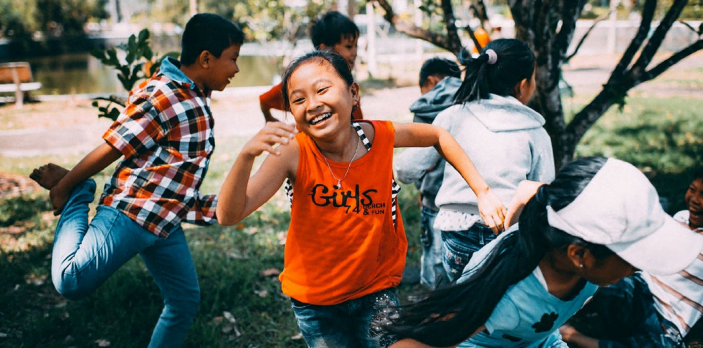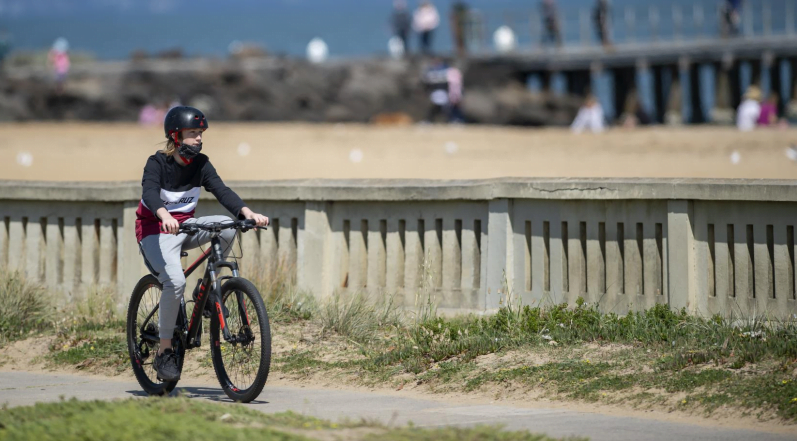The Role of Social Planning, Social Research & Community Engagement
Sometimes our clients ask us to engage with their stakeholders when another approach is more suitable. What exactly is the difference between social research and community engagement? Where does social planning and technical information fit into the picture? Some projects will utilise one method, while others utilise all three approaches, at different stages.
Social Planning
Why and when do we use it?Social planning is the practice of strategic planning applied to addressing identified social objectives, which may include: equity in access to housing, public transport, health, education, employment, recreation and cultural infrastructure and resources.
We use this when: There is legislation, Government or peak body guidelines, best practice models, accreditation or minimum standards that apply to your project.
A social policy applies to your project.
Demographic drivers are crucial to your project (eg. demand factors).
Community opinion or preferences are not relevant due to the technical requirements of a project (focus on facts not opinions).
Some of the projects that commonly utilise a social planning approach include facility planning and upgrades, open space planning, community infrastructure and service projects, and determining the future need for a facility or service. For example the upgrade of a childcare centre to meet new regulations and guidelines for responding to and preventing child abuse.
Tools that are utilised in social planning include – consideration of legislation, guidelines, best practice models, demographic analysis of target groups and supply and demand modelling.
Case Study: Hepburn Shire CouncilConversation Co was engaged by Hepburn Shire Council to assist in the development of the Playspace Strategy. This Strategy guides the planning, design, management and maintenance of all Playspaces within the municipality for the next 10 years.
While community engagement was central to the Project to understand community needs and priorities, social planning was a critical component. The social planning phase involved two key pieces of work:
Exploring best practice examples of playspace design and maintenance through stakeholder discussions, interviews and road trips. This allowed us to get feedback on potential models, methods and processes for Playspaces with real life lessons.
Considering the best practice principles and standards of playspaces, particularly relating to Universal Design, safety, equity and diversity. This ensures all the playgrounds meet the minimum standards of design and are appropriate for the community. This also protects them from short-term redesign needs.
By completing the social planning of this project, we were able to have informed conversations with the community and develop a thorough Strategy that reflects best practice and community need.
Social Research
Why and when do we use it?Social research is the study of social trends, dynamics and principles that exist between individuals and within societies, it usually focuses on groups and not individuals.
We use it when:We need to find out particular information that will be used to plan for, or inform the start of a project. May not be related to a pending decision, may just be “nice to know” facts.
Some of the projects that commonly utilise social research include social policies relating to behaviours and attitudes, background information for community engagement projects (secondary research), and background papers about emerging issues or local needs. Social research may focus on key questions relating to community preferences and needs/wants or community experiences using services and facilities.
Tools that are utilised in social research include literature reviews, surveys, interviews, and focus groups.
Case Study: City of Kingston Following the endorsement of Kingston Council’s 2021-2025 Public Health and Wellbeing Plan, Conversation Co was engaged to design and deliver an engagement program for the local community and stakeholders to assist in the development of six action plans for disability access, community safety, positive ageing, multiculturalism, family violence and general health and wellbeing.
We recommended that, prior to community engagement, the project incorporate an initial research phase utilising the wealth of community feedback recently collected for the Your Kingston Your Future Community Vision and the 2021-2025 Public Health and Wellbeing Plan.
We reviewed nearly 4000 comments, collected from 2100 individuals, and extracted the comments directly related to health and wellbeing. This feedback was collated according to topic (e.g. open space, mental health, community safety) and the suggested action (e.g. new services and programs, changes to Council’s focus areas or priorities, new or improved infrastructure).
By undertaking this additional research phase, Conversation Co was able to ensure further community engagement added value, focused on gaps in knowledge and did not duplicate previous work. This approach further respected the time and efforts that the community and stakeholders had already generously volunteered to assist Council with strategic planning.
Community Engagement
Why and when do we use it?Community engagement is a process that involves the community in problem solving or decision making and uses community input to make better decisions.
We use this when:We need to find out particular information that will be used to make a decision.
Stakeholders can have some influence on decisions that will affect them or interest them.
We need to seek feedback on a preferred option from a set of possible options.
Changes are being proposed that are likely to generate significant community debate, strong and/or mixed views.
An organisational policy says engagement must be done.
Some of the projects that commonly utilise community engagement includes – change of use for infrastructure or open space, community service or facility changes and construction projects
Tools that are commonly utilised in community engagement include intercept surveys, interviews, focus groups, listening posts, large scale workshops, and tools that allow for a two-way conversation.
Case Study: Merri-bek City CouncilThe State Government announced a host of level crossing removal projects, including one in central Brunswick. The Brunswick Elevated Rail Project brought with it an opportunity to create substantial new open space, change how people move around, and reshape the heart of the Brunswick Design District.
Merri-Bek City Council needed to form a considered advocacy position to take to the State Government to ensure the best outcomes for the community, and to minimise the impacts on those who will be negatively impacted. Council recognised the vital importance of community input to form its position and engaged Conversation Co to assist with planning and delivering community engagement.
Eight roaming conversations were held in prominent locations around Brunswick. Each location was selected to maximise the foot-traffic and opportunities to engage. Community members were asked to share the opportunities they saw with the Elevated Rail Project and also share their concerns. The responses were analysed by Conversation Co and a thorough report was presented to Council to assist in its advocacy attempts.




